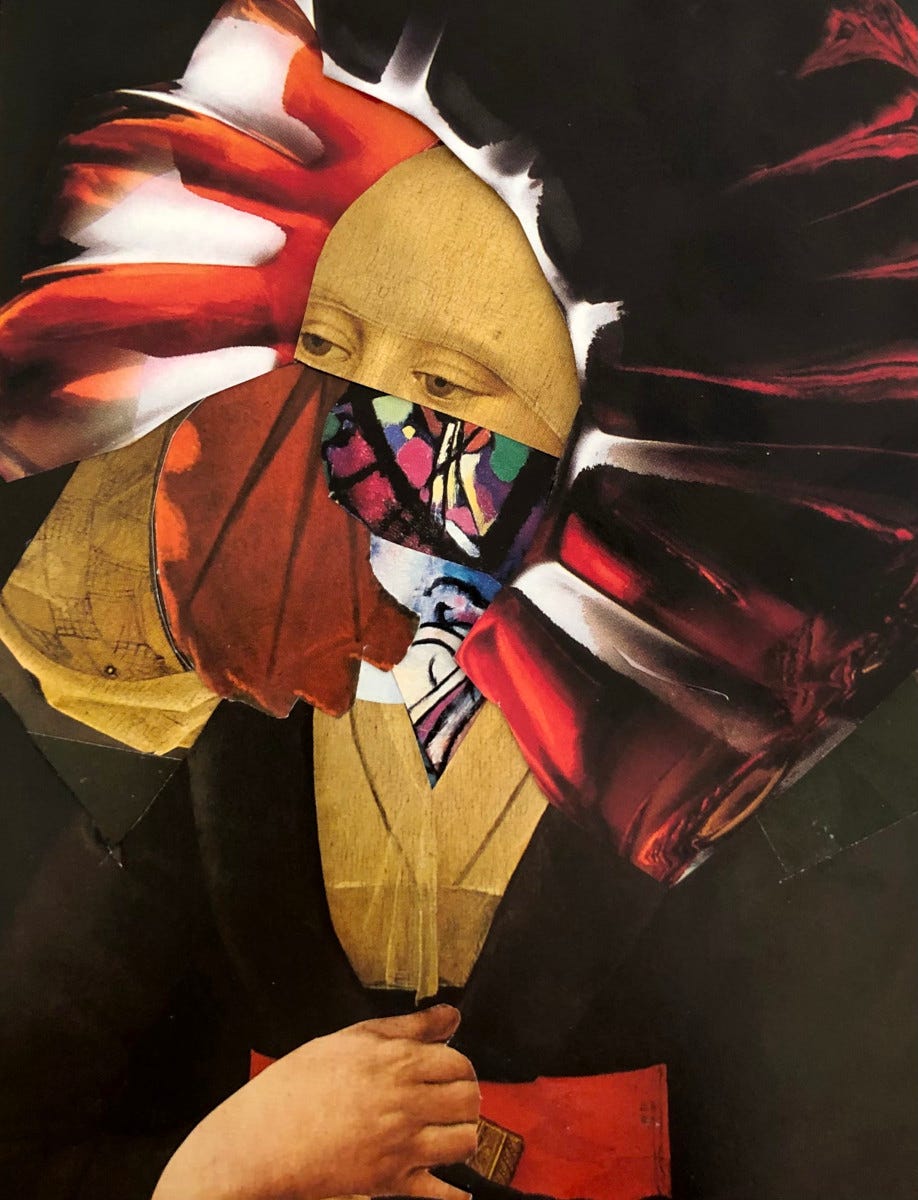Notebook Navigation: Looking back, looking ahead
Let's hit the (note)books and do some writing. Notebook Navigation is a series of creativity prompts and exercises to spark the writing process
In this installment of Notebook Navigation, I read a classic opening to a classic novel and offer some writing prompts.
What is a novel that grabbed you from its opening lines?
There are so many great openings from classic novels, from Moby Dick to Pride and Prejudice, The Great Gatsby to The Catcher in the Rye.
Today, I share the opening paragraph of John Steinbeck’s Cannery Row. It’s a classic book that slipped through the cracks for me until recently. Of course, it’s a great read, so there’s no surprise there. However, it’s worth considering the question of how — how does a writer encapsulate so much in so few words? How are the major themes addressed with only a scratch of the surface to characters’ backstory, motivations, or inner conflict?
In the opening of Cannery Row, Steinbeck uses a listing technique to perfection. Notice the repeated vowel sounds: the O’s of poem & tone, I’s of stink & habit, and E’s of quality & dream.
Cannery Row in Monterey in California is a poem, a stink, a grating noise, a quality of light, a tone, a habit, a nostalgia, a dream.
But also there’s a twist that comes at the end of the paragraph, after the bleakness of the setting is established and its inhabitants are characterized as “whores, pimps, gambler and sons of bitches.” That might be an interesting novel on its own. However, the paragraph conclusions with an acknowledgement that calling these very outcasts “[s]aints and angels and martyrs and holymen” would mean “the same thing.”
It’s clear from the outset that Steinbeck is concerned not only with the actions of these characters — what they do to get by, how they spend their few meager dollars, the ways in which they harm themselves and others despite good intentions. The thesis outlined in the first paragraph is that there is something holy contained within society’s castaways. Pretty powerful stuff.
The Notebook Navigation series is intended to be reminder to write something in your notebook today, a quick refresh for your creative writing process. Today, I’ll share two short passages from Cannery Row as well as a poem of my own that was recently published. These selections will take us into some writing prompts to get us thinkin’.
Here’s a link to the new issue of The Calendula Review: https://www.thecalendulareview.com/issue-3-inhale-exhale
Running with the theme of “looking back to look ahead,” I will offer some writing prompts to try out.
Prompt 1: Pick a favorite novel and re-read the opening few pages. Let it sink in a few times. Read it aloud. Write about what this passage means to you. What does it encapsulate about the book as a whole?
More guiding questions:
Which words or phrases stand out to you in particular?
Assuming you’ve selected a book you’re familiar with already, re-read the last few pages as well. How do the beginning and end of this book connect or contrast with each other? What does the ending clarify and what does it leave ambiguous?
~
Prompt 2: Consider a poem or story that you’re working on and before reviewing it, try to re-write its opening lines from memory. Take it as far as you can into the piece. The point here isn’t to replicate the lines exactly, but to allow room for new words or phrasings to come in. Take some chances with it!
Are there areas where you prefer the new versions? How would you revise the piece based on the writing from this exercise?
Paid subscribers get access to editorial feedback each month, a Zoom Q&A for editorial consultation, and free submissions.
Click below to join!
Keep reading with a 7-day free trial
Subscribe to Wild Roof Journal’s Substack to keep reading this post and get 7 days of free access to the full post archives.

